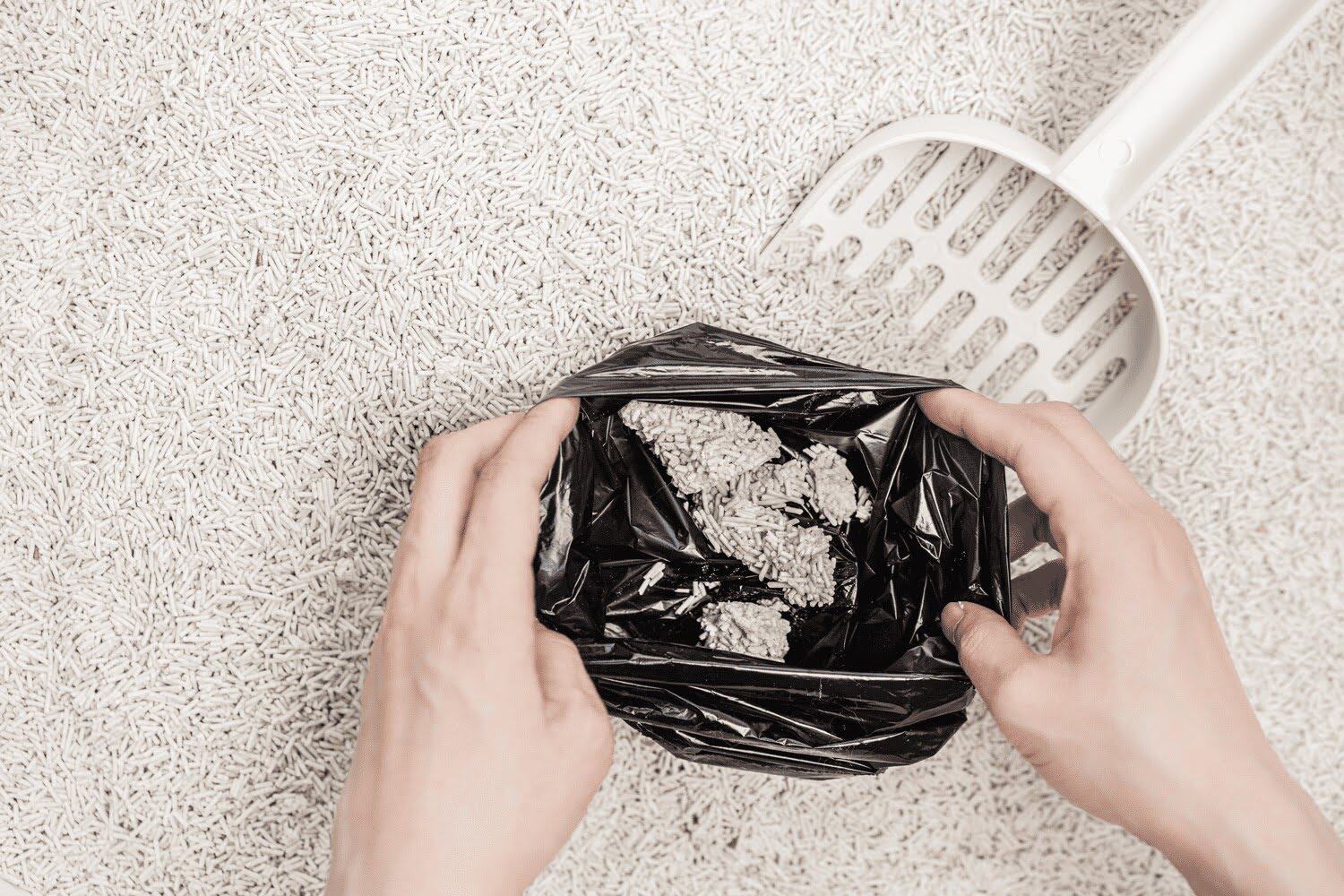

Articles
How To Store A Cat Stool Sample
Modified: February 22, 2024
Learn how to properly store and handle a cat stool sample with our informative articles. Find expert tips and advice for preserving the integrity of the sample.
(Many of the links in this article redirect to a specific reviewed product. Your purchase of these products through affiliate links helps to generate commission for Storables.com, at no extra cost. Learn more)
Introduction
As a responsible pet owner, it is essential to keep a close eye on your cat’s health. Regular visits to the veterinarian are crucial for maintaining your feline friend’s well-being, but there may be instances when your vet asks for a stool sample. While the idea of collecting and storing a cat stool sample may seem daunting, it is a necessary step in diagnosing and treating any potential health issues.
In this article, we will guide you through the process of storing a cat stool sample properly. We will explore why it is important, the supplies you need, and provide you with a step-by-step guide to make the process as seamless as possible. Additionally, we will offer some helpful tips for safe and hygienic storage, as well as precautions and safety considerations to keep in mind. By the end of this article, you will be equipped with the knowledge and confidence necessary to successfully store a cat stool sample.
Key Takeaways:
- Storing a cat stool sample is crucial for early detection of health issues, monitoring treatment effectiveness, preventing the spread of contagious conditions, and determining dietary needs, contributing to your cat’s overall well-being.
- Proper storage is essential to maintain sample integrity, prevent bacterial growth, protect against cross-contamination, ensure timely analysis, and promote hygienic handling, safeguarding accurate diagnosis and treatment for your feline companion.
Read more: How To Store Cat Stool Sample
Why Store a Cat Stool Sample?
You may wonder why it is necessary to store a cat stool sample when you visit the veterinarian. The truth is, a cat’s stool provides valuable insights into their overall health and can help identify any underlying issues that may be affecting their well-being.
By storing a cat’s stool sample, your veterinarian can analyze it for signs of parasites, bacterial infections, dietary issues, or other gastrointestinal problems. It is an essential diagnostic tool that can help your vet determine the most appropriate course of treatment for your cat.
Here are a few key reasons why storing a cat stool sample is important:
- Early Detection of Health Issues: A stool sample allows your veterinarian to detect potential health issues before they escalate. By identifying parasites or infections early on, your vet can implement a treatment plan to prevent complications and discomfort for your cat.
- Monitoring Treatment Effectiveness: If your cat is undergoing treatment for a specific condition, such as a parasite infestation, storing stool samples over time can help your vet evaluate the effectiveness of the treatment. Regular analysis of the samples can determine if the parasites are being eliminated and if further steps need to be taken.
- Preventive Measures for Other Pets: If you have multiple pets in your household, storing stool samples from each one can help prevent the spread of contagious conditions. By identifying and treating any issues promptly, you can safeguard the health of your other furry companions.
- Determining Dietary Needs: A stool sample analysis can reveal if your cat has any dietary sensitivities or allergies. This information can guide your choice of food and help you provide a balanced and appropriate diet for your pet’s specific needs.
By understanding the importance of storing a cat stool sample, you can actively participate in your cat’s healthcare and contribute to their overall well-being.
Understanding the Importance of Proper Storage
Proper storage of a cat stool sample is paramount to ensure accurate and reliable test results. The quality of the sample can significantly impact the veterinarian’s ability to diagnose and treat your cat effectively. Here are a few reasons why proper storage is crucial:
- Preserving Sample Integrity: Storing a cat stool sample properly helps maintain its integrity. Contamination or exposure to air, moisture, or high temperatures can potentially alter the composition of the sample, rendering it less useful for analysis. It is essential to follow correct storage protocols to provide reliable results.
- Preventing Bacterial Growth: Stool samples contain bacteria that can multiply rapidly if not stored correctly. Uncontrolled bacterial growth can lead to false positive results, making it challenging for the veterinarian to accurately diagnose your cat’s condition. Proper storage methods can inhibit bacterial proliferation and ensure accurate analysis.
- Protecting against Cross-Contamination: Storing the stool sample separately and in a designated container prevents cross-contamination with other samples or surfaces. Cross-contamination can introduce foreign substances that may skew the results and potentially lead to incorrect diagnosis and treatment.
- Ensuring Timely Analysis: Storing the sample properly allows you to bring it to the veterinarian for analysis promptly. Fresh samples are essential for accurate testing, as certain parasites may become less detectable over time. Prompt analysis ensures that any issues are identified and treated promptly.
- Ensuring Hygienic Handling: Proper storage practices promote hygienic handling of the stool sample. This is not only important for the safety of veterinary staff but also for your own protection against potential pathogens or harmful bacteria present in the sample.
By understanding the importance of proper storage, you can play a vital role in ensuring the accuracy and reliability of the test results. It is crucial to follow the recommended guidelines to maintain sample integrity and facilitate effective diagnosis and treatment for your cat.
Gathering the Necessary Supplies
Before you embark on the process of storing a cat stool sample, it is essential to gather all the necessary supplies. Having the right equipment on hand will make the collection and storage process much smoother. Here are the supplies you will need:
- Clean Container: Choose a clean and sterile container for collecting the stool sample. It’s best to use a disposable container that can be tightly sealed to minimize the risk of leaks or contamination. Label the container with your cat’s name and the date of collection for easy identification.
- Gloves: Wearing disposable gloves is crucial to maintain proper hygiene and prevent the transmission of any potential pathogens. Ensure that the gloves fit securely and are made of a material that provides adequate protection against contaminants.
- Disposable Scoop or Spatula: A disposable scoop or spatula can be used to collect the stool sample. Avoid using utensils made of porous materials, as they may retain bacteria or contaminants even after thorough cleaning.
- Resealable Plastic Bag or Ziplock Bag: To provide an additional layer of protection, place the sealed container with the stool sample inside a resealable plastic bag or ziplock bag. This will help prevent any potential leakage and minimize the risk of odor.
- Paper Towels: Keep a few paper towels nearby to clean up any mess or to wipe your hands after handling the sample. It’s always a good idea to maintain a clean workspace throughout the process.
- Disinfectant Wipes: Have a pack of disinfectant wipes on hand to clean any surfaces that may have come into contact with the stool or other contaminants. This will help maintain a sterile environment and prevent the spread of potential pathogens.
- Storage Container or Bag: Finally, prepare a suitable storage container or bag to keep the sealed stool sample until you’re ready to take it to the veterinarian. Ensure that the container is properly labeled with your cat’s name and the collection date.
By gathering all these supplies beforehand, you can streamline the collection and storage process, ensuring that everything is at hand when needed. This will help maintain the integrity of the sample and facilitate safe and hygienic handling.
Store the cat stool sample in a clean, sealed container and refrigerate it if you can’t bring it to the vet immediately. Avoid mixing it with litter or water.
Step-by-Step Guide: How to Store a Cat Stool Sample
Collecting and storing a cat stool sample may seem intimidating, but with the right approach, it can be a straightforward process. Follow these step-by-step instructions to properly store a cat stool sample:
- Prepare the Supplies: Ensure that you have all the necessary supplies gathered and ready for use, including a clean container, gloves, a disposable scoop or spatula, a resealable plastic bag, paper towels, disinfectant wipes, and a storage container or bag.
- Choose the Collection Method: Decide whether you will collect the stool sample directly from the litter box or if it is necessary to place a clean, disposable litter tray underneath your cat’s regular litter. Either method is acceptable as long as the sample is fresh and uncontaminated.
- Collect the Sample: Put on a pair of disposable gloves to prevent contamination. Using the scoop or spatula, carefully collect a small portion of your cat’s stool. Make sure to collect a fresh sample and avoid any litter or urine that may be present. It’s important to be sanitary and avoid touching the stool with your hands.
- Transfer to the Container: Place the collected stool sample into the clean container. Be sure to seal the lid tightly to prevent leakage or odor. Double-check that you have labeled the container with your cat’s name and the collection date for easy identification.
- Place in a Resealable Plastic Bag: To provide an extra layer of protection, put the sealed container containing the stool sample into a resealable plastic bag or a ziplock bag. This will help prevent any potential leakage and contain any odors.
- Sanitize and Clean: After sealing the plastic bag, use disinfectant wipes to clean any surfaces that may have come into contact with the stool or gloves. Wipe down your hands as well to maintain hygiene and prevent the spread of potential pathogens.
- Store in a Suitable Container: Place the sealed stool sample, along with the plastic bag, into a suitable storage container or bag. Make sure it is secure and properly labeled with your cat’s name and the date of collection.
- Refrigerate or Freeze: Depending on the veterinarian’s instructions, store the container in the refrigerator or freezer until you’re ready to take it to the clinic. Follow any temperature guidelines provided to ensure the sample remains stable and viable for analysis.
- Transport to the Vet: When it’s time for your appointment, carefully transport the stored stool sample to the veterinarian’s clinic. Be sure to inform the staff that you have a stool sample to submit.
Following these steps will ensure that you store the cat stool sample properly, preserving its integrity and allowing for accurate analysis by your veterinarian. Remember to maintain proper hygiene throughout the process to protect both you and your cat’s health.
Read more: How To Store Cat Stool Sample For Vet
Tips for Safe and Hygienic Storage
Proper storage of a cat stool sample is not only necessary for reliable test results but also for maintaining a safe and hygienic environment. To ensure optimal storage conditions, consider the following tips:
- Labeling: Clearly label the container with your cat’s name and the date of sample collection. This will help avoid any mix-ups or confusion when it comes time for analysis.
- Sealing: Ensure that the container is tightly sealed to prevent any leakage or odor. Double-check the lid to make sure it is securely closed before placing it in the storage container or bag.
- Separation: Keep the stool sample separate from any food or items that may come into contact with it. This will minimize the risk of contamination and maintain the integrity of the sample.
- Cold Storage: Follow the instructions provided by your veterinarian regarding the temperature at which to store the stool sample. In most cases, refrigeration or freezing is recommended to preserve the sample and prevent bacterial growth.
- Time Limit: It’s important to submit the stool sample to the veterinarian within the recommended time frame. Fresh samples are optimal for accurate analysis, so be mindful of any time restrictions provided by your vet.
- Hygiene Practices: Throughout the entire process, maintain good hygiene. This includes wearing disposable gloves, using disinfectant wipes to clean surfaces, and washing your hands thoroughly after handling the stool sample.
- Keep Pets Away: Store the stool sample in a location that is inaccessible to other pets. This will prevent any accidental exposure or ingestion, reducing the risk of cross-contamination.
- Communication: Inform the veterinary staff that you have a stool sample to submit when you arrive for your appointment. They may have specific instructions or preferences for sample submission.
- Follow Veterinary Guidance: If your veterinarian provides any specific instructions or guidelines for storage, make sure to adhere to them. They are knowledgeable about the specific needs of different tests and can provide valuable guidance.
By following these tips, you can ensure safe and hygienic storage of the cat stool sample, allowing for accurate analysis and effective diagnosis and treatment for your feline companion.
Precautions and Safety Considerations
When handling and storing a cat stool sample, it is important to take certain precautions to ensure the safety of both you and your pet. By following these safety considerations, you can minimize the risk of contamination and promote a safe environment:
- Use Gloves: Always wear disposable gloves when handling the stool sample. This will protect you from any potential pathogens and help maintain hygiene throughout the process.
- Avoid Direct Contact: Refrain from direct contact with the stool sample as much as possible. Use a disposable scoop or spatula to collect the sample, and avoid handling it with bare hands.
- Sanitize Surfaces: Use disinfectant wipes to clean any surfaces that come into contact with the stool sample. This includes the collection container, the storage container or bag, and any countertops or utensils used in the process.
- Dispose of Waste Properly: After collecting the stool sample, dispose of any used gloves, paper towels, or other waste in a sealed plastic bag. Properly discard the bag following your local waste disposal guidelines.
- Prevent Contamination: Take precautions to prevent cross-contamination. Keep the stool sample away from food, utensils, or any surface that may come into contact with human or pet food.
- Wash Hands Thoroughly: After handling the stool sample or any materials used in the process, wash your hands thoroughly with soap and warm water. This will help ensure that you remove any potential contaminants from your hands.
- Store Away from Children and Pets: Store the stool sample and associated materials in a location that is out of reach of children and other pets to prevent accidental exposure or ingestion.
- Follow Veterinarian’s Instructions: Always follow the specific instructions provided by your veterinarian regarding the collection, storage, and submission of the stool sample. They may have additional precautions or guidelines based on your cat’s specific health concerns.
By following these precautions and safety considerations, you can minimize the risk of contamination and ensure a safe environment throughout the process of storing a cat stool sample. Your diligence will contribute to accurate test results and the well-being of both you and your feline companion.
Conclusion
Storing a cat stool sample may initially seem like a daunting task, but with the right approach and understanding of the process, it becomes a manageable and important aspect of your cat’s healthcare. By following the steps outlined in this article, you can ensure that the sample is collected, stored, and transported properly to the veterinarian for analysis.
Storing a cat stool sample provides valuable insights into your feline companion’s health and aids in the early detection and treatment of potential issues. It allows your veterinarian to diagnose various conditions, such as parasites, infections, and dietary sensitivities. The information obtained from the stool sample analysis can guide the appropriate treatment plan and help you provide the best care for your cat.
Remember, proper storage is essential for maintaining the integrity of the sample and ensuring accurate test results. By following our tips for safe and hygienic storage, you can minimize the risk of contamination and maintain a safe environment for both you and your pet.
Always adhere to the precautions and safety considerations outlined in this article to protect yourself and your pet from potential pathogens and maintain good hygiene throughout the process. Additionally, be sure to follow any specific instructions provided by your veterinarian, as they are experts in the field and can offer valuable guidance.
By being proactive in storing a cat stool sample, you play an active role in your cat’s healthcare and contribute to their overall well-being. Regular visits to the veterinarian, supplemented with proper sample storage, ensure that any potential health issues are detected and treated promptly.
So, the next time your veterinarian requests a stool sample, feel confident in your ability to collect and store it properly. Your diligence will contribute to accurate diagnosis, effective treatment, and ultimately, the health and happiness of your beloved feline companion.
Frequently Asked Questions about How To Store A Cat Stool Sample
Was this page helpful?
At Storables.com, we guarantee accurate and reliable information. Our content, validated by Expert Board Contributors, is crafted following stringent Editorial Policies. We're committed to providing you with well-researched, expert-backed insights for all your informational needs.
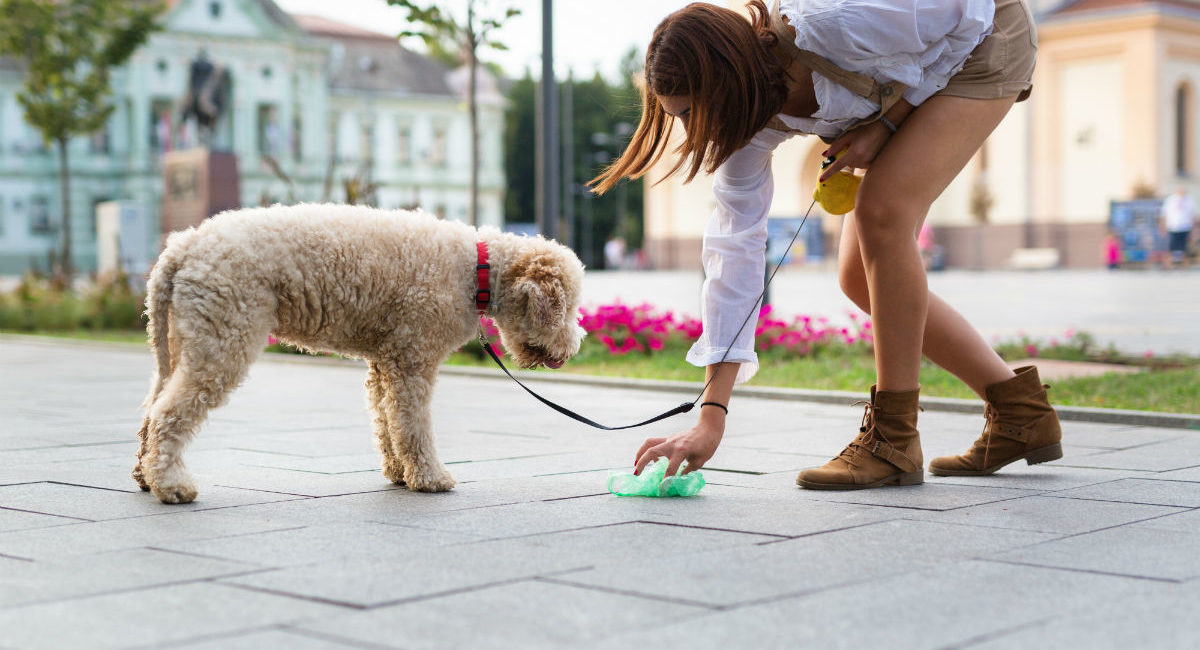
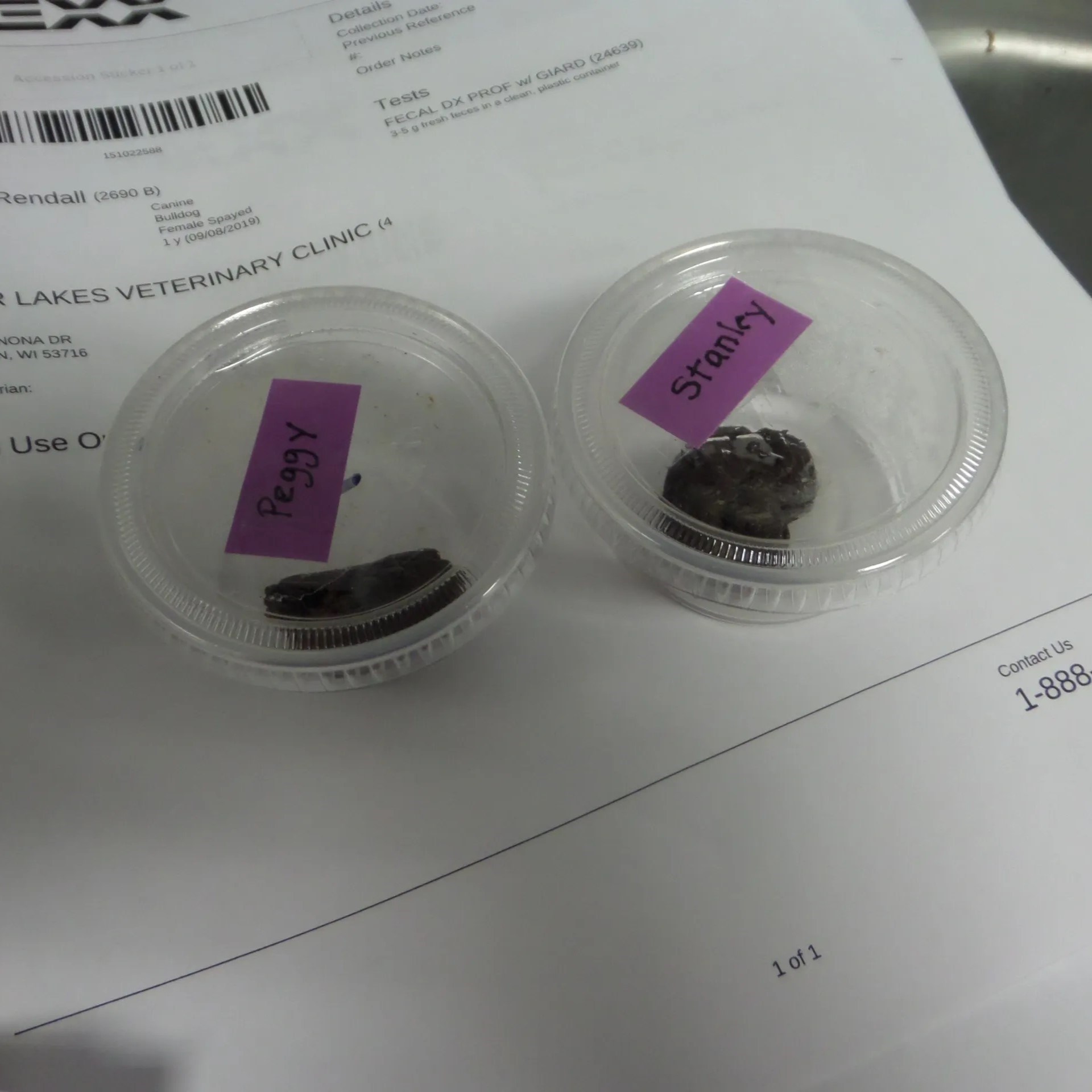
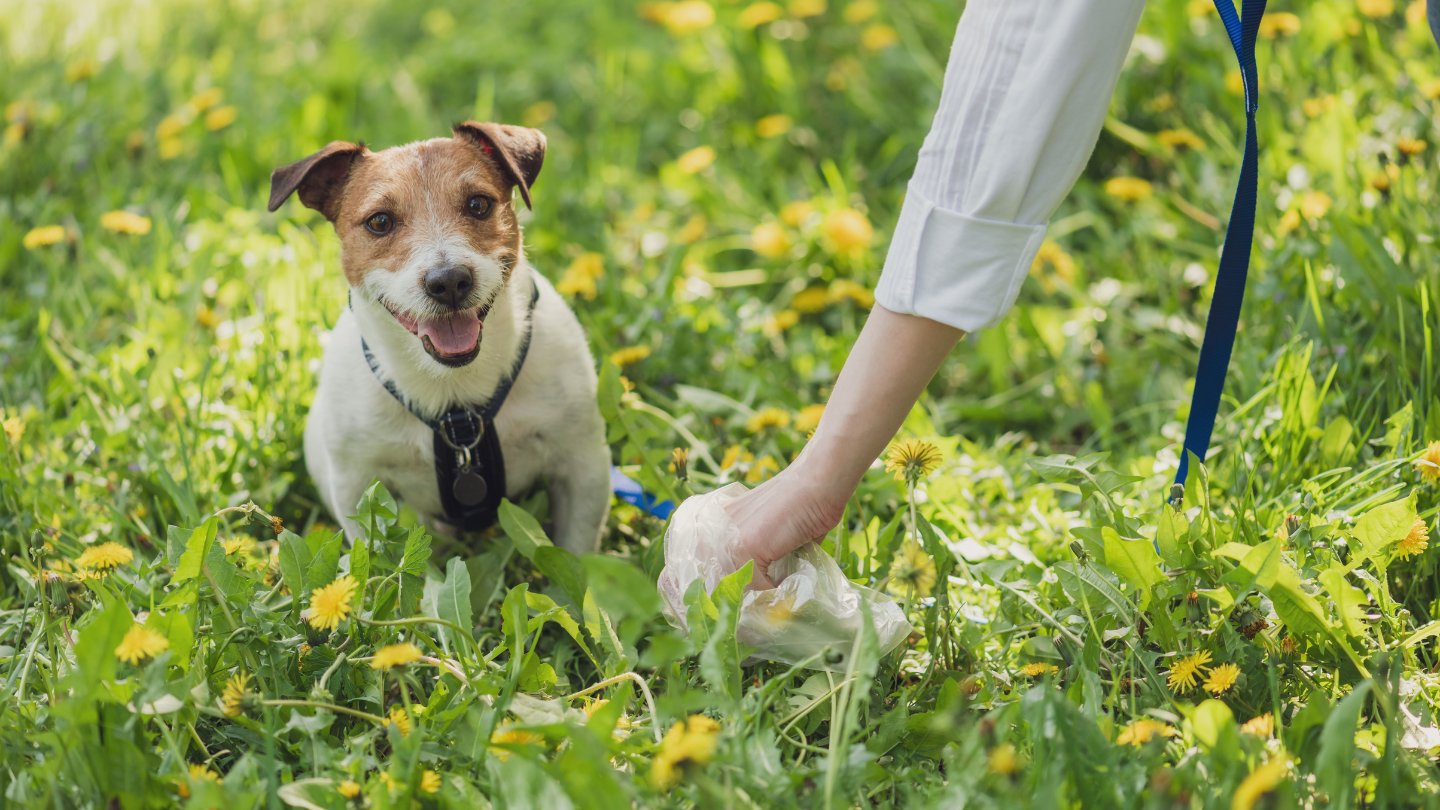
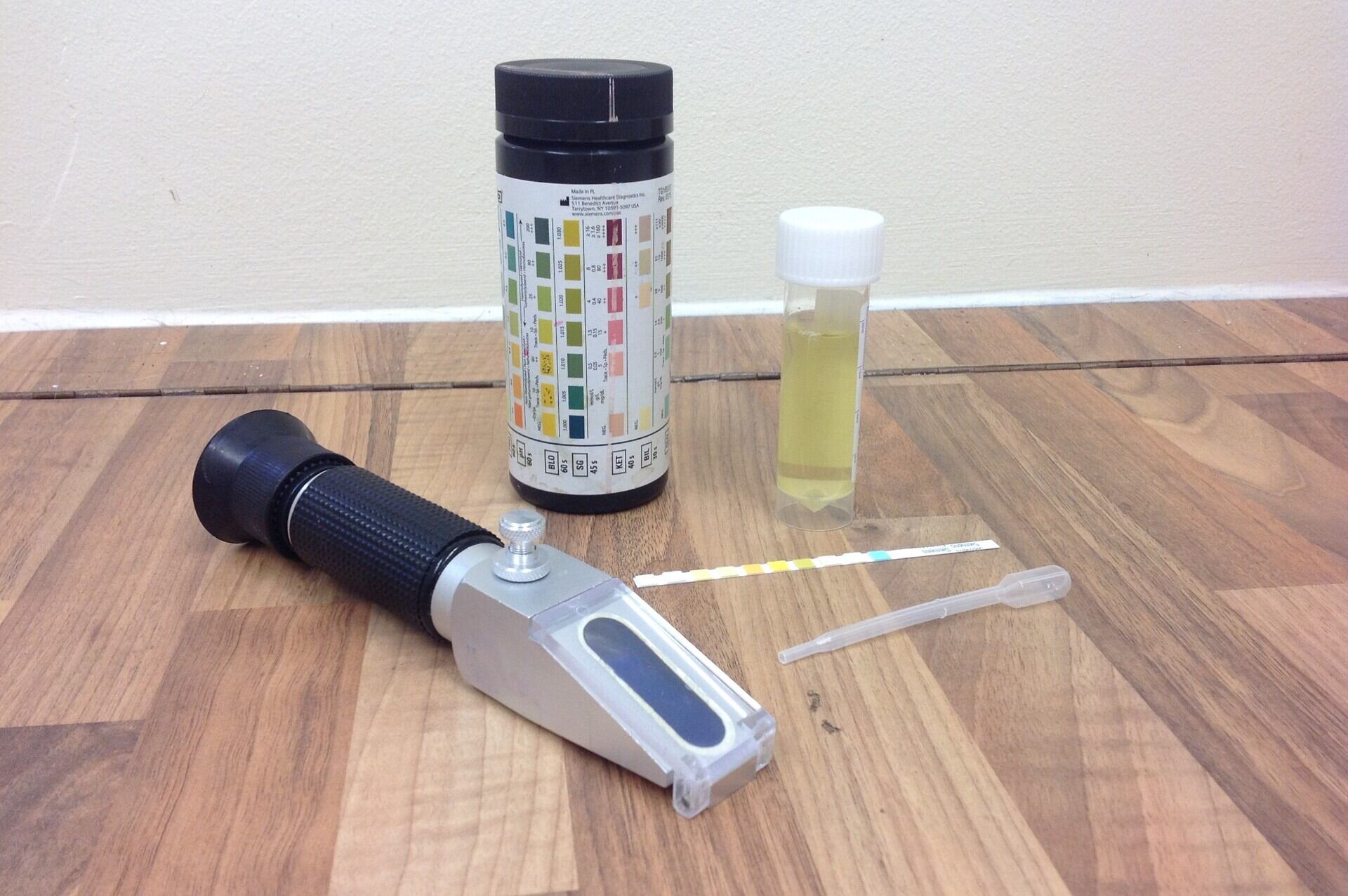
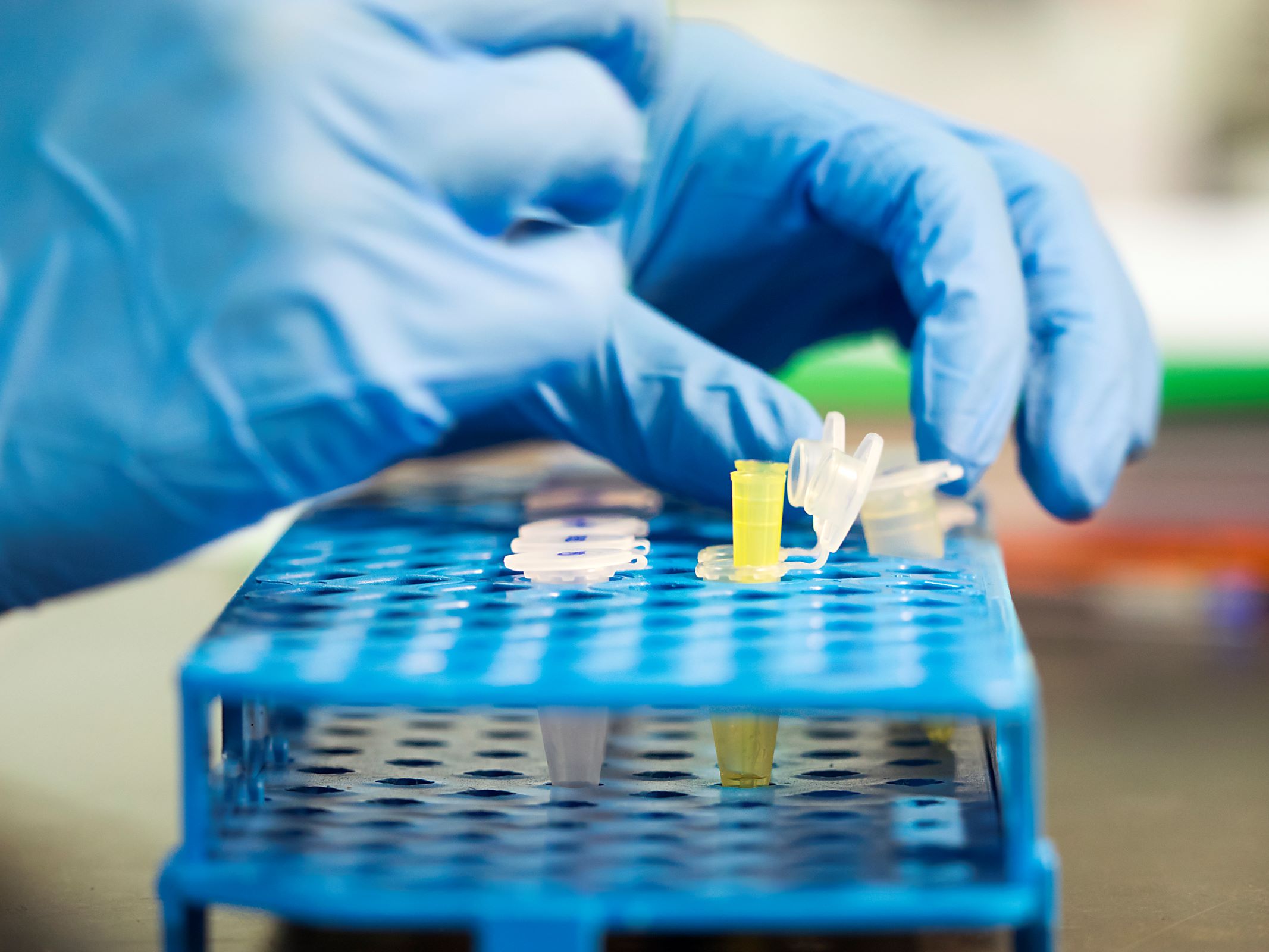
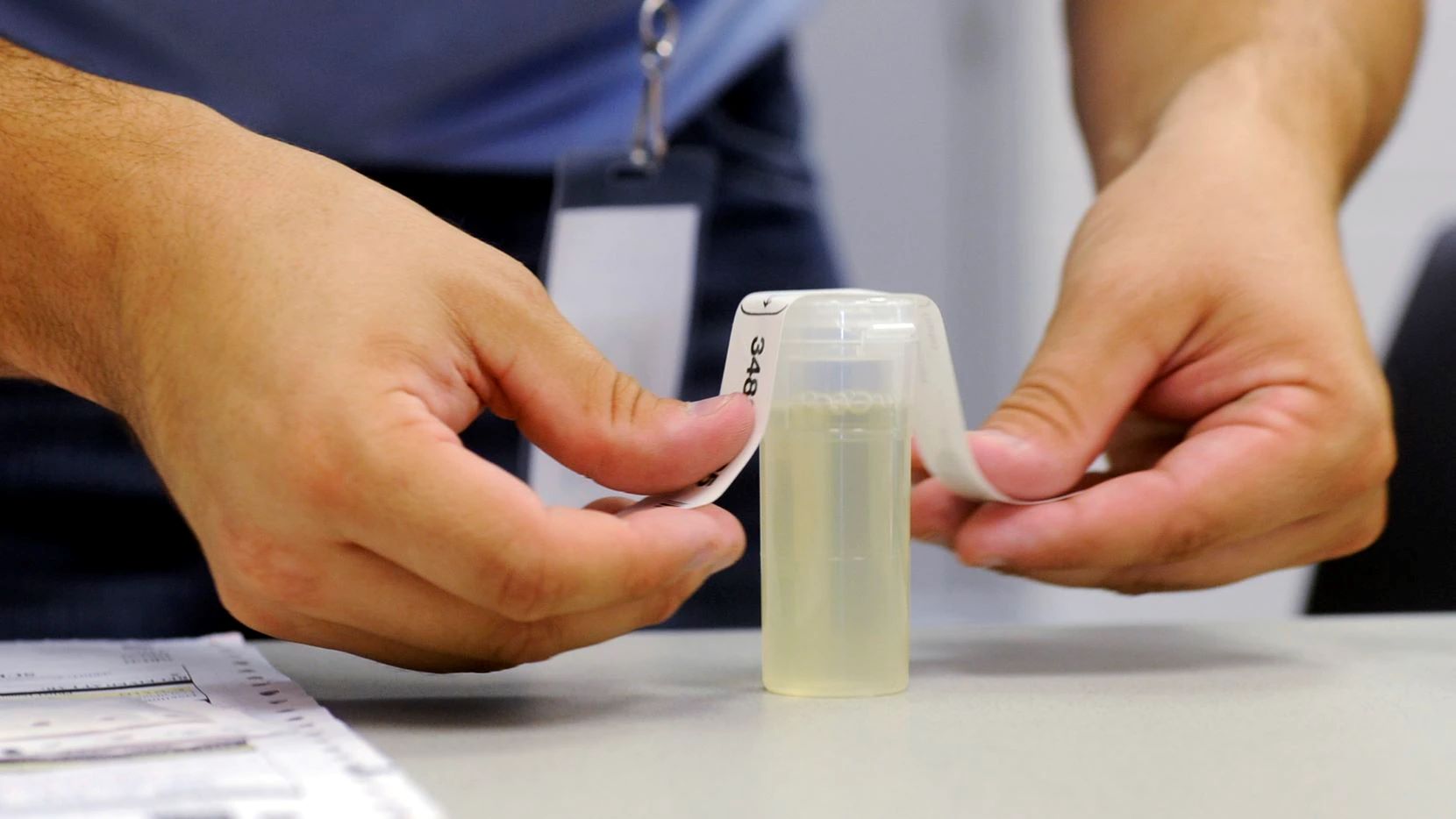
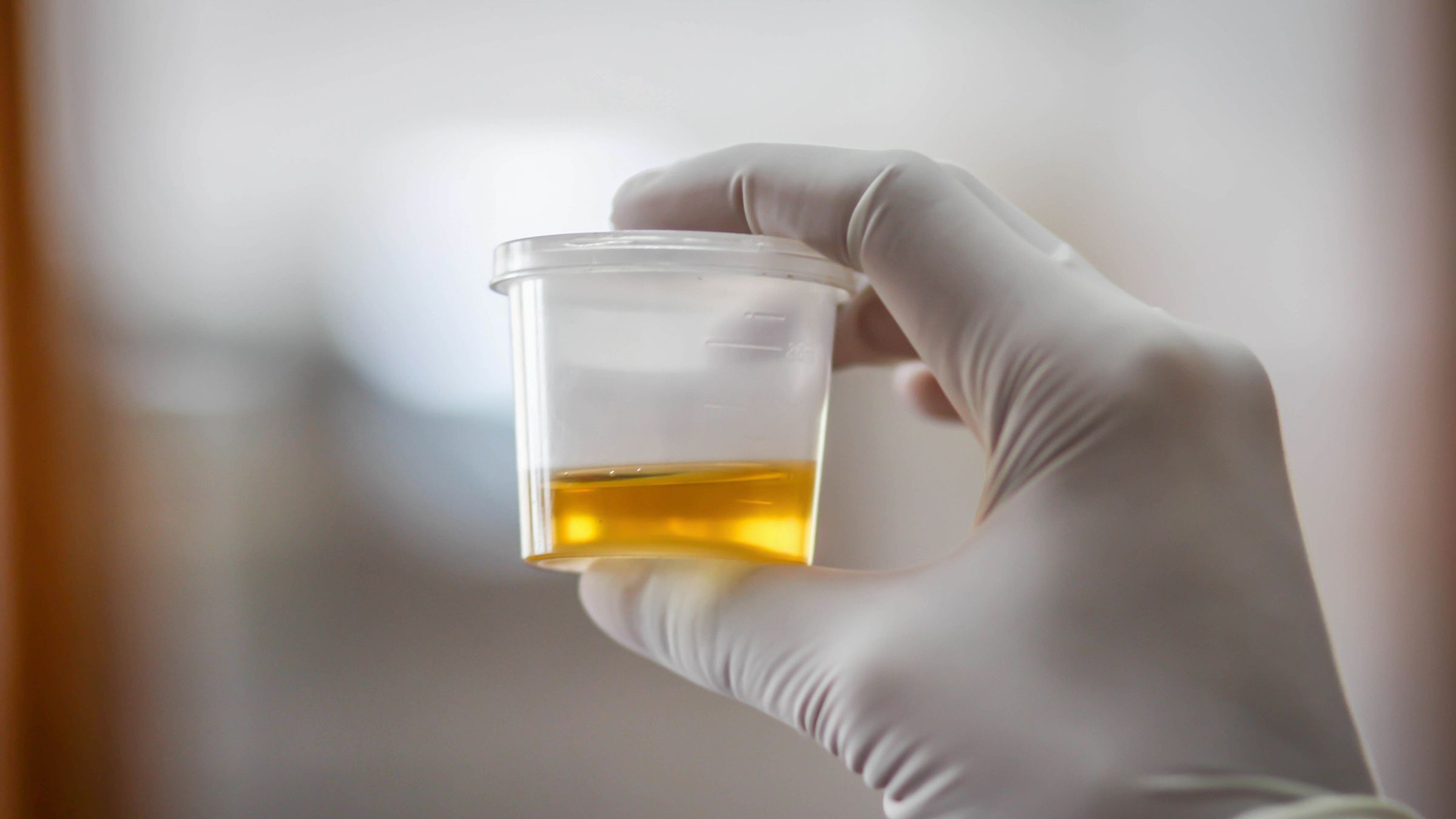
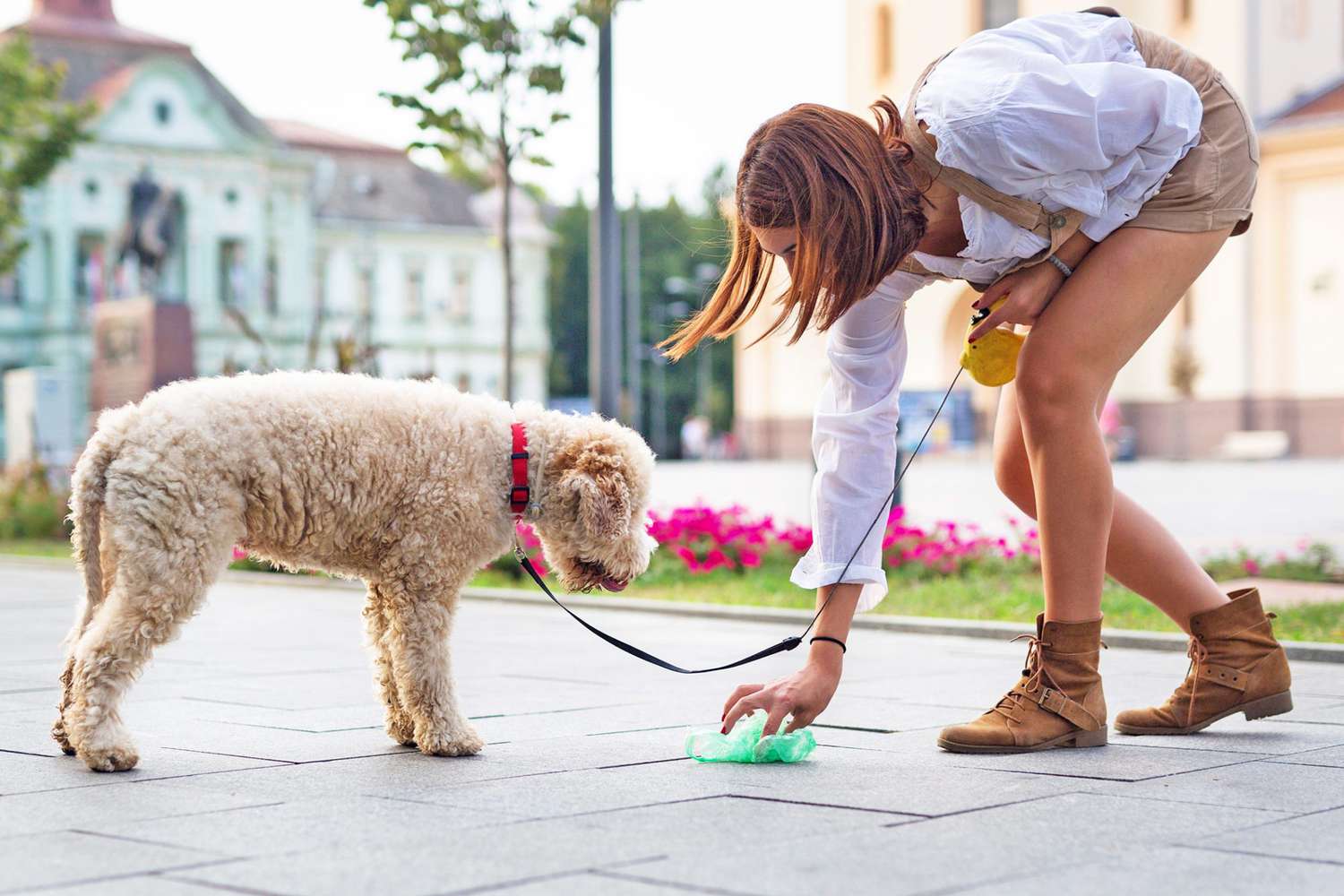

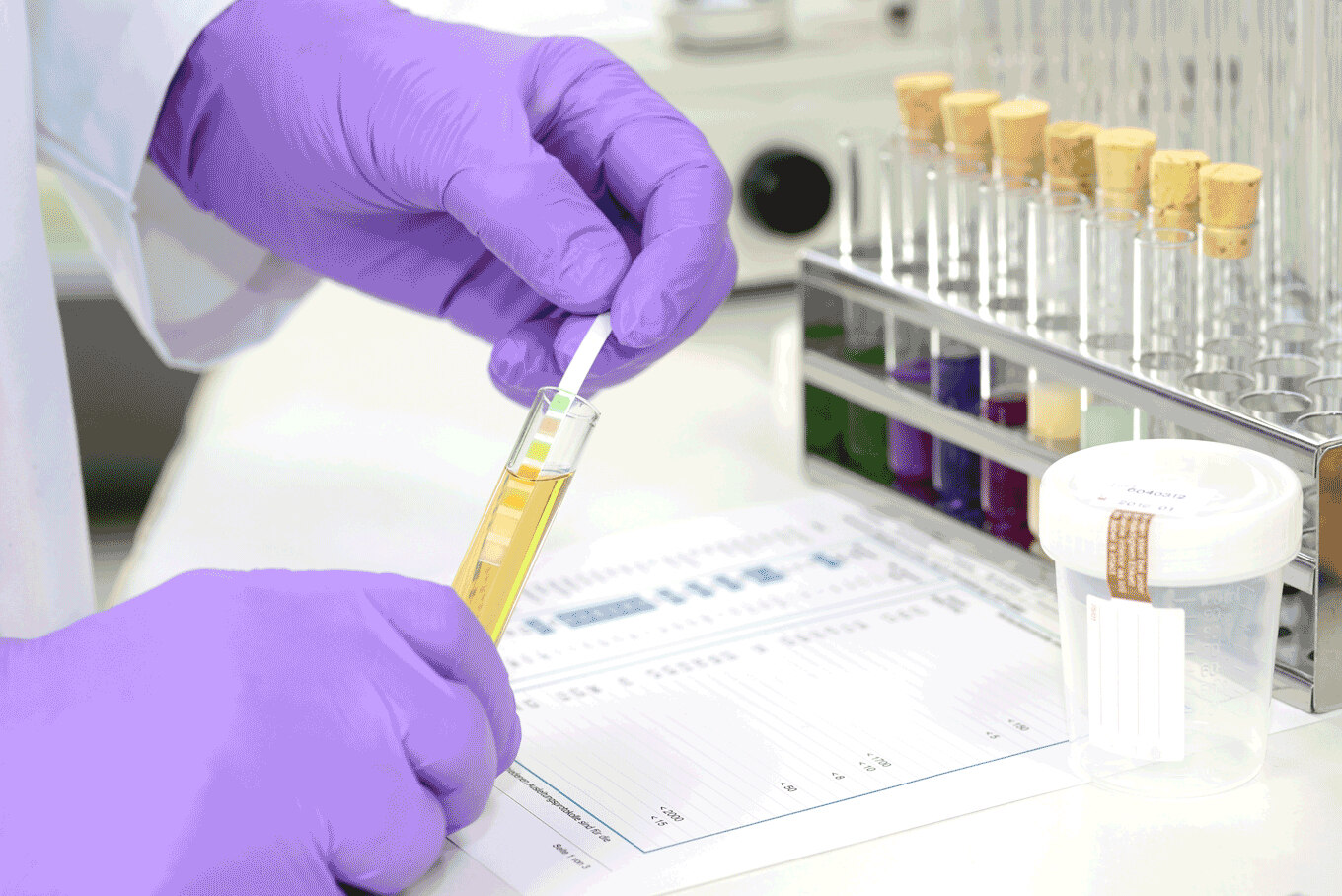
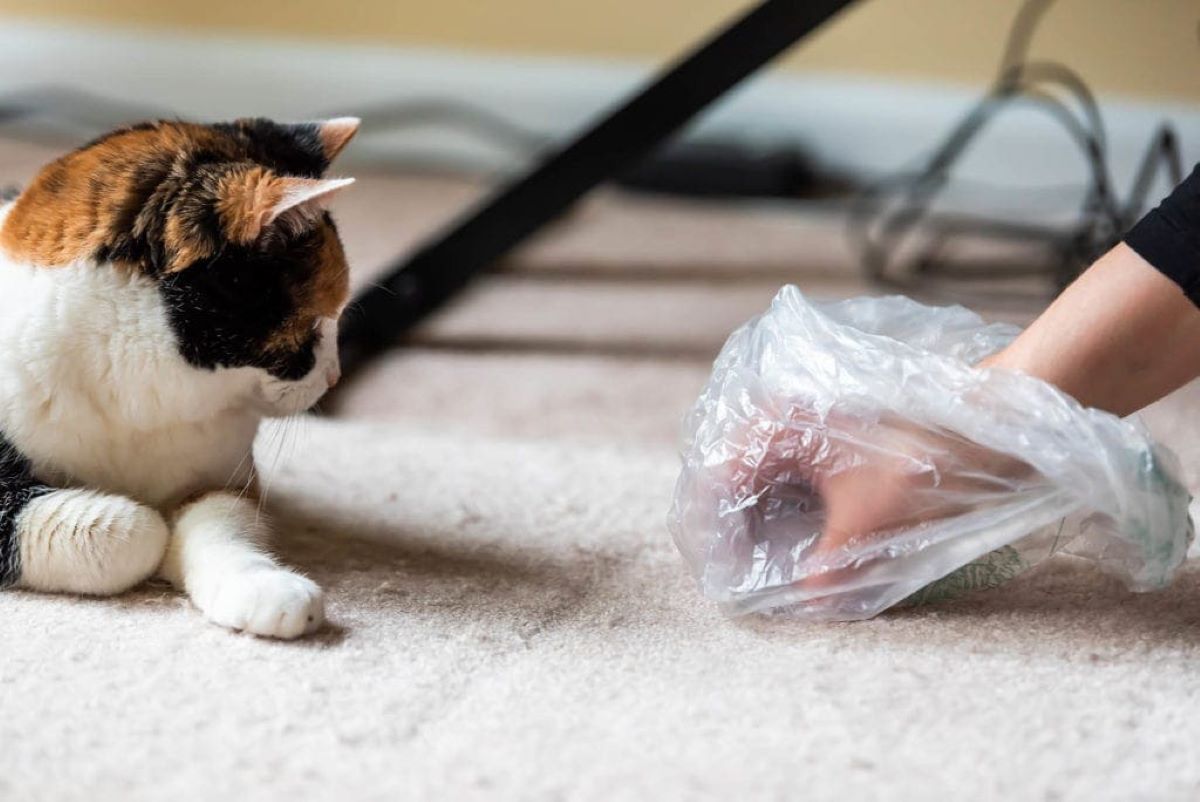
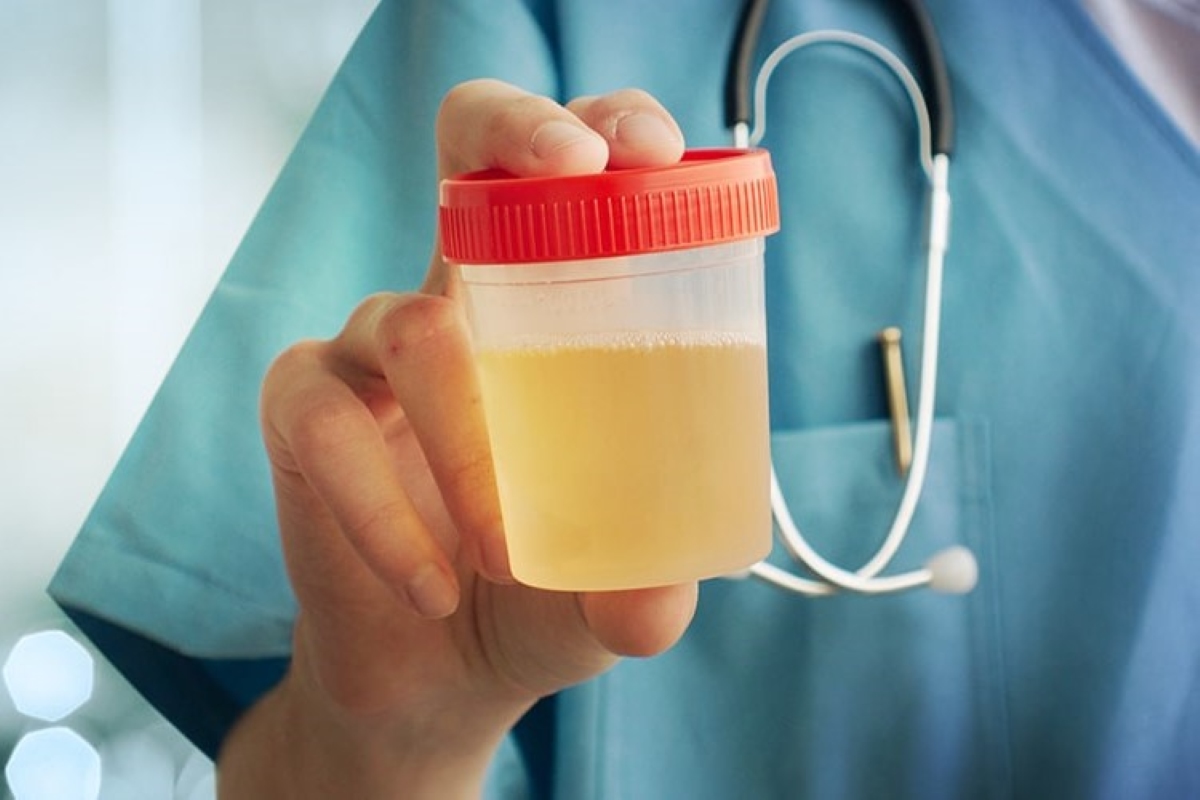

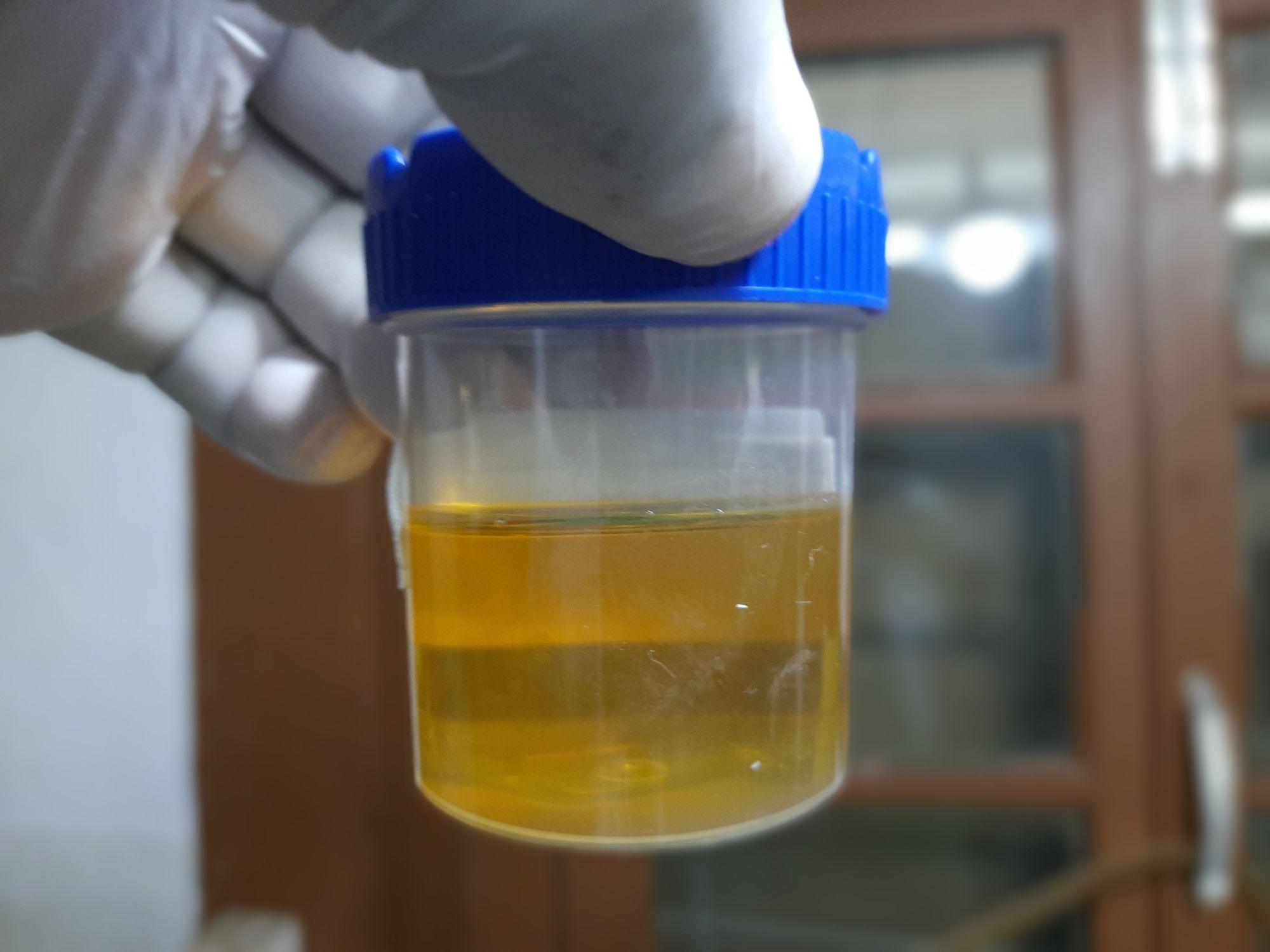

0 thoughts on “How To Store A Cat Stool Sample”